Let’s tackle a topic that’s not only relevant but also incredibly important for millennials to understand – coping with the financial consequences of a major health crisis.
As millennials, we often prioritize our health and wellness, but sometimes, no matter how much we take care of ourselves, life happens.
And when it does, it can be financially devastating.
According to a study by the American Journal of Public Health, medical debt affects 60% of adults under the age of 65.
Furthermore, a major health crisis can cost an average of $4,400 in out-of-pocket expenses alone, not to mention the loss of income due to missed work.
It’s important to acknowledge the realities of how a major health crisis can impact your finances, but it’s equally important to understand that you don’t have to navigate this alone.
There are strategies you can implement to help manage the financial impact of a major health crisis.
In this article, we’ll discuss various coping mechanisms, including understanding your health insurance coverage, budgeting, and cost-cutting strategies, seeking financial assistance, managing medical debt, and planning for the future.
So, let’s get started on this journey toward financial stability and peace of mind amidst a health crisis.
1. Health Insurance Coverage
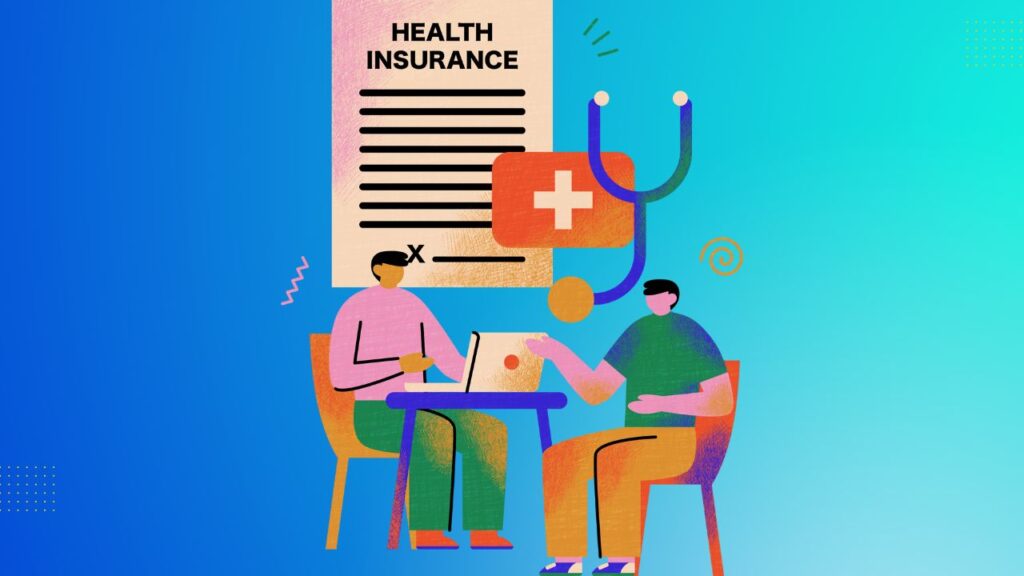
1.1 Understanding Your Health Insurance Policy
When it comes to managing the financial impact of a major health crisis, one of the most important things you can do is to understand your health insurance policy.
With healthcare costs on the rise, having health insurance coverage is essential, but it’s equally important to understand the types of policies available and the coverage limits and exclusions that come with them.
1.1.1 Types of Health Insurance Policies
There are several types of health insurance policies, each with its benefits and limitations.
Understanding these policies can help you make informed decisions about the type of coverage that’s best for you.
1.1.1.1 Health Maintenance Organization (HMO)
An HMO is a type of health insurance policy that restricts you to a network of healthcare providers.
You typically have to choose a primary care physician who manages your healthcare and refers you to specialists as needed.
HMOs tend to have lower premiums and out-of-pocket costs but provide less flexibility in choosing healthcare providers.
1.1.1.2 Preferred Provider Organization (PPO)
A PPO is a type of health insurance policy that allows you to see any healthcare provider you choose, although you’ll usually pay less if you stay within the network of preferred providers.
PPOs tend to have higher premiums and out-of-pocket costs but provide more flexibility in choosing healthcare providers.
1.1.1.3 Point of Service (POS)
A POS is a type of health insurance policy that combines features of both HMOs and PPOs.
You usually have to choose a primary care physician who manages your healthcare and refers you to specialists, but you can also choose to see providers outside of the network, although you’ll typically pay more for out-of-network care.
1.1.2 Coverage Limits and Exclusions
Understanding your health insurance coverage limits and exclusions is also important when it comes to managing the financial impact of a major health crisis.
Here are some common coverage limits and exclusions to look out for:
1.1.2.1 Annual Out-of-Pocket Maximum
This is the maximum amount you’ll have to pay out-of-pocket for covered healthcare expenses in a given year.
Once you reach this limit, your insurance company will usually cover 100% of the cost of covered services.
1.1.2.2 Pre-Existing Conditions
Some health insurance policies may exclude coverage for pre-existing conditions, which are medical conditions that you had before you enrolled in the policy.
However, under the Affordable Care Act (ACA), insurance companies are required to cover pre-existing conditions.
1.1.2.3 Experimental or Investigational Treatments
Some health insurance policies may not cover experimental or investigational treatments, which are treatments that haven’t yet been proven to be effective.
1.1.2.4 Non-Emergency Services
Some health insurance policies may not cover non-emergency services, such as cosmetic surgery or acupuncture.
1.2 Maximizing Your Health Insurance Benefits
Once you understand your health insurance policy, the next step is to maximize your benefits. Here are some tips to help you get the most out of your health insurance coverage.
1.2.1 In-Network vs Out-of-Network Care
When you receive healthcare services, it’s important to stay within your health insurance provider’s network of healthcare providers.
In-network providers have contracts with your insurance company to provide services at discounted rates, which can help you save money on out-of-pocket costs.
On the other hand, out-of-network providers don’t have contracts with your insurance company, which means you’ll typically pay more for their services.
Some health insurance policies may not cover out-of-network care at all, so it’s important to check your policy and stay within your network of providers whenever possible.
1.2.2 Preventive Care Benefits
Under the Affordable Care Act (ACA), all health insurance policies are required to cover certain preventive care services at no cost to you.
This includes services like annual check-ups, immunizations, and cancer screenings.
By taking advantage of these preventive care services, you can catch health issues early and potentially avoid more costly medical treatments down the line.
1.2.3 Negotiating with Providers for Lower Costs
If you need healthcare services that aren’t covered by your health insurance policy, or if you receive care from an out-of-network provider, you may be able to negotiate with the provider to lower your costs.
Here are some tips for negotiating with healthcare providers:
- Research the cost of the service beforehand to determine a fair price
- Ask if the provider offers any discounts or payment plans
- Consider negotiating with multiple providers to find the best price
- Be polite but firm in your negotiations
In some cases, it may be more cost-effective to pay out-of-pocket for healthcare services rather than using your health insurance.
For example, if you have a high-deductible health insurance plan, you may be responsible for paying a significant amount out-of-pocket before your insurance kicks in.
In these cases, it may be cheaper to negotiate a lower price with the provider or pay out-of-pocket for the service.
Here’s a Table for Preventive Care Services Covered by the ACA
| Preventive Care Service | Covered by ACA |
| Annual check-ups | Yes |
| Immunizations | Yes |
| Cancer screenings | Yes |
| Blood pressure checks | Yes |
| Cholesterol tests | Yes |
2. Budgeting and Cost-Cutting Strategies

2.1 Creating a Healthcare Budget
One of the most important steps in coping with the financial consequences of a major health crisis is creating a healthcare budget.
A healthcare budget is an estimate of the costs you’ll incur for medical treatment and care, as well as any associated expenses, like transportation and lodging.
2.1.1 Understanding Healthcare Costs
The first step in creating a healthcare budget is understanding healthcare costs.
Healthcare costs can vary greatly depending on the type of treatment and care you need, your location, and your insurance coverage.
Some common healthcare costs include:
- Insurance premiums: The amount you pay for health insurance each month.
- Deductibles: The amount you have to pay before your insurance starts covering your medical expenses.
- Copayments: The fixed amount you pay for certain medical services.
- Coinsurance: The percentage of costs you pay after you’ve met your deductible.
- Out-of-pocket maximums: The maximum amount you’ll have to pay for covered medical expenses each year.
- Non-covered expenses: Medical expenses that aren’t covered by insurance.
2.1.2 Estimating Out-of-Pocket Expenses
Once you understand the different types of healthcare costs, you can start estimating your out-of-pocket expenses.
Out-of-pocket expenses are the costs you’ll have to pay for medical treatment and care that aren’t covered by insurance.
Here are some tips for estimating your out-of-pocket expenses:
- Review your insurance policy: Your insurance policy should outline the different types of healthcare costs and your coverage limits.
- Ask your healthcare provider: Your healthcare provider can provide you with an estimate of the cost of treatment and care.
- Research prices: You can research the prices of medical services online or through your insurance provider.
By estimating your out-of-pocket expenses, you’ll be better prepared to create a healthcare budget and make informed decisions about your healthcare.
2.2 Cutting Costs on Healthcare
In addition to creating a healthcare budget, there are several cost-cutting strategies you can use to manage the financial consequences of a major health crisis.
Here are three ways to cut costs on healthcare:
2.2.1 Shopping Around for the Best Prices
Just like with any other purchase, it pays to shop around for healthcare services.
You may be able to find a lower price for a medical procedure or test by comparing prices at different healthcare providers.
Some websites, like Healthcare Bluebook and New Choice Health, allow you to compare prices for medical procedures in your area.
2.2.2 Choosing Generic Drugs
Generic drugs are just as safe and effective as their brand-name counterparts, but they can be significantly cheaper.
According to the FDA, generic drugs can cost up to 85% less than brand-name drugs.
If your healthcare provider prescribes medication, ask if a generic version is available.
2.2.3 Using Telemedicine Services
Telemedicine services allow you to consult with healthcare providers remotely, which can be a more convenient and cost-effective option for non-emergency medical care.
According to the American Hospital Association, telemedicine visits can cost up to 50% less than in-person visits.
Many insurance providers now cover telemedicine services, so be sure to check your policy.
Here’s a table summarizing these cost-cutting strategies:
| Cost-Cutting Strategy | Benefit |
| Shopping around for the best prices | Lower cost of medication |
| Choosing generic drugs | Lower cost of medication |
| Using telemedicine services | Lower cost for non-emergency medical care |
By using these cost-cutting strategies, you can reduce your healthcare expenses and better cope with the financial consequences of a major health crisis.
3. Supplemental Income and Financial Assistance Programs
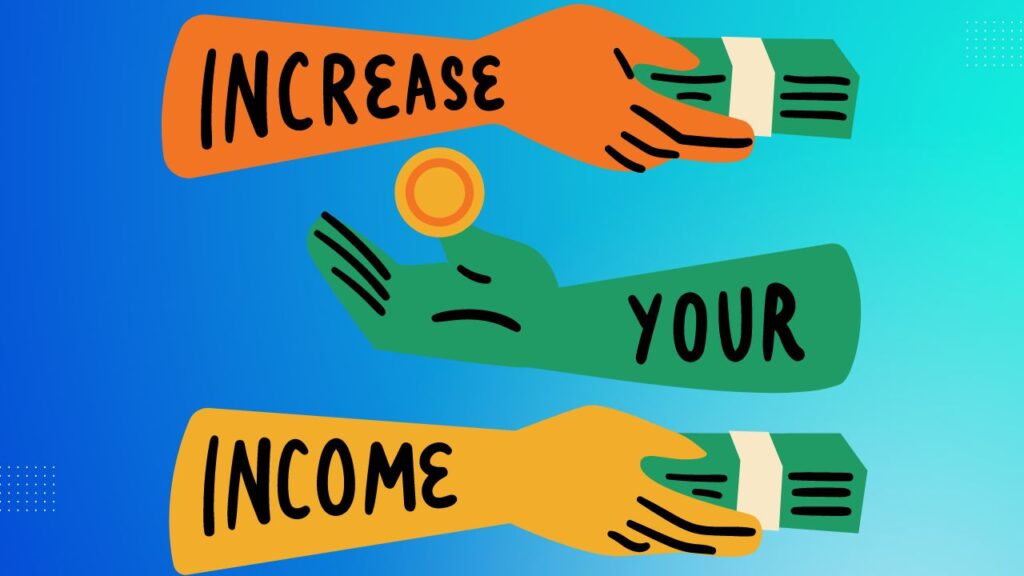
A major health crisis can take a toll on your finances, leaving you struggling to make ends meet.
While health insurance can help mitigate some of the costs, it may not be enough to cover all the expenses associated with a serious illness or injury.
In such cases, supplementing your income can be a good option to manage the financial burden.
Here are some ways you can do that:
3.1 Supplementing your Income during a major health crisis
3.1.1 Taking on a part-time job
Taking on a part-time job can be a good way to supplement your income during a major health crisis.
Part-time jobs can provide additional income without requiring you to commit to a full-time schedule.
There are many options available for part-time work, depending on your skills and availability.
You can look for opportunities in retail, hospitality, food service, or other industries that have a high demand for part-time workers.
3.1.2 Freelancing or Starting a side hustle
Freelancing or starting a side hustle can be a great way to supplement your income during a major health crisis.
Freelancing allows you to work on a project basis, which can be beneficial if you have limited availability or energy due to your health condition.
You can offer your skills in writing, design, social media management, or other fields that can be done remotely.
Starting a side hustle, on the other hand, can allow you to turn a hobby or passion into a source of income.
For example, you can sell handmade items on Etsy or offer pet-sitting services in your community.
Apart from these options, you can also explore financial assistance programs that may be available to you.
Many non-profit organizations and government agencies offer financial assistance to people who are facing a major health crisis.
These programs can provide financial aid for medical bills, transportation costs, and other expenses related to your illness or injury.
It is important to research and apply for these programs as soon as possible, as some of them may have limited funding or specific eligibility criteria.
3.2 Seeking financial assistance
In addition to supplementing your income, seeking financial assistance can also help alleviate the financial burden of a major health crisis.
There are various government assistance programs and charitable organizations that can provide financial aid and support.
3.2.1 Government assistance programs
The government offers several assistance programs for those who are struggling financially due to a health crisis.
Here are some examples:
- Medicaid: A joint federal and state program that provides healthcare coverage to low-income individuals and families.
- Medicare: A federal health insurance program for people over 65, those with certain disabilities, and those with end-stage renal disease.
- Social Security Disability Insurance (SSDI): A federal program that provides financial assistance to people who are unable to work due to a disability.
- Supplemental Security Income (SSI): A federal program that provides financial assistance to people with low income who are aged, blind, or disabled.
To determine your eligibility for these programs and apply for assistance, visit the official government websites or contact a local government agency.
3.2.2 Charitable organizations
Various charitable organizations offer financial assistance and support for those facing a major health crisis.
Here are a few examples:
- The American Cancer Society: Provides support and financial assistance to cancer patients and their families.
- The National Multiple Sclerosis Society: Offers financial assistance for medical expenses, equipment, and home modifications for those with multiple sclerosis.
- The Cystic Fibrosis Foundation: Provides financial assistance for medical expenses, travel, and education for those with cystic fibrosis.
To find charitable organizations that offer financial assistance for your specific health condition, you can search online or contact a local support group or advocacy organization.
It’s important to note that financial assistance programs may have eligibility requirements and may not cover all healthcare costs.
However, they can still provide valuable support and help alleviate the financial burden of a major health crisis.
4. Managing Medical Debt
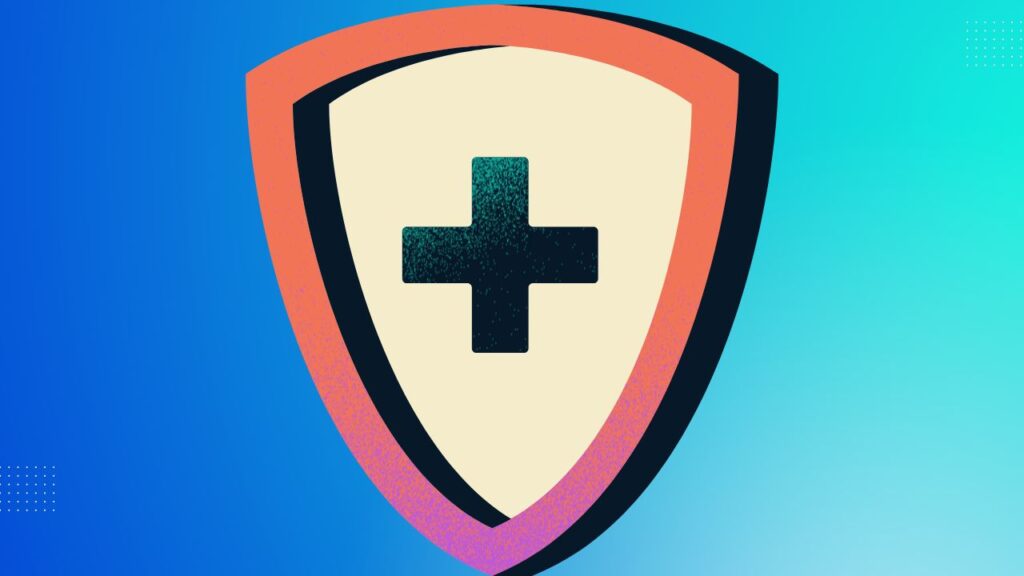
4.1 Understanding medical debt
Medical debt can arise from various sources, including hospital bills, doctor’s fees, prescription drugs, and medical equipment.
Medical debt can be divided into two main categories: secured medical debt and unsecured medical debt.
Secured medical debt is guaranteed by collateral, such as a car or a house.
Unsecured medical debt is debt that is not guaranteed by collateral.
Medical debt can also have an impact on credit scores.
Late payments and non-payment of medical bills can negatively affect credit scores, and may even result in collection efforts, including lawsuits and wage garnishment.
It is important to prioritize medical bills to avoid these negative consequences.
Understanding your rights and options when it comes to medical debt is critical.
Patients have the right to negotiate the cost of medical services, and to request financial assistance or payment plans.
It is important to communicate with healthcare providers and medical billing departments to avoid misunderstandings and to ensure that you receive the assistance you need.
Overall, understanding medical debt can help individuals facing a major health crisis, to manage their finances effectively and avoid negative long-term consequences.
4.2 Managing medical debt
Managing medical debt can be overwhelming, but there are strategies you can use to reduce your financial burden.
Here are some ways to manage your medical debt:
4.2.1 Negotiating with Providers for lower costs
One of the first steps you can take is to negotiate with your healthcare provider to reduce your medical bills.
Ask for an itemized bill to ensure you’re not being charged for services you didn’t receive or that your insurance should have covered.
Then, try to negotiate a lower rate for the services you did receive.
Many providers are willing to work with patients to lower their bills, especially if you’re upfront about your financial situation.
4.2.2 Setting up payment plans
If you’re unable to pay your medical bills in full, setting up a payment plan with your provider can help you avoid late fees and collection actions.
Before setting up a payment plan, make sure you understand the terms and fees associated with it.
You may also want to consider using a medical credit card, which can offer promotional financing options and may be more flexible than traditional payment plans.
4.2.3 Considering medical debt consolidation
If you have multiple medical bills from different providers, consolidating your debt into one loan can make it easier to manage and reduce your overall interest rate.
You can consider a personal loan, home equity loan, or balance transfer credit card to consolidate your medical debt.
Keep in mind that consolidation may not be the best option for everyone, so make sure to weigh the pros and cons before making a decision.
It’s important to remember that medical debt is a serious financial issue that can impact your credit score and overall financial health.
By understanding your options and taking proactive steps to manage your debt, you can alleviate some of the stress and financial burden of a major health crisis.
5. Planning for the Future
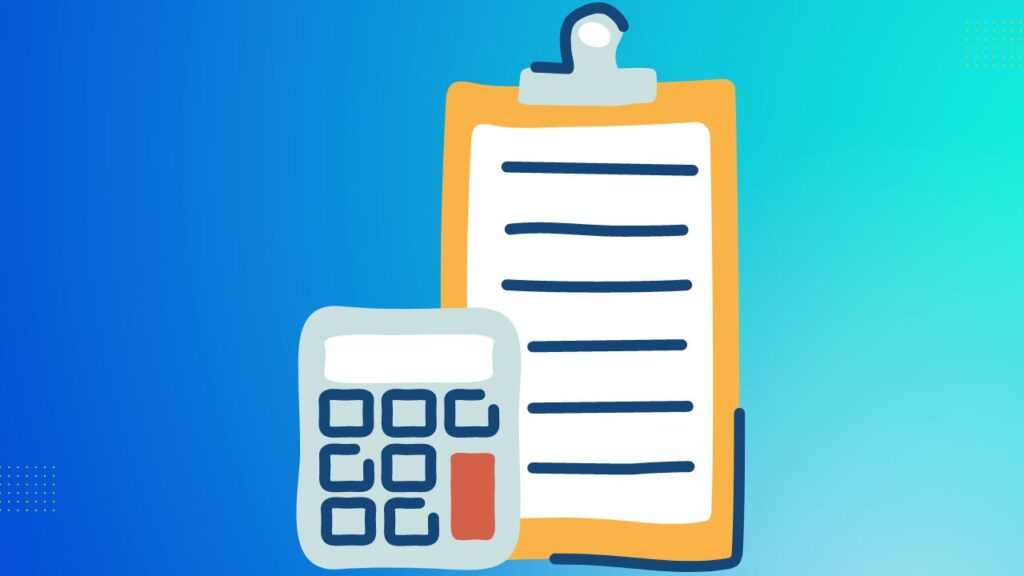
5.1 Building an emergency fund
Building an emergency fund is an important step in preparing for unexpected medical costs.
Ideally, you should aim to save three to six months’ worth of living expenses in an easily accessible savings account.
This will provide a financial cushion in case of job loss, medical emergencies, or any other unexpected expenses.
One strategy for building an emergency fund is to set up automatic deposits from your paycheck or checking account into a high-yield savings account.
You can also look for ways to cut back on expenses and redirect those savings into your emergency fund.
5.2 Investing in long-term disability Insurance
Long-term disability insurance is designed to provide income replacement in case you become disabled and unable to work.
It can be a valuable financial safety net, especially if you work in a high-risk profession or have a history of health issues.
Research shows that one in four Americans will experience a long-term disability during their working years.
Without disability insurance, you may be forced to rely on your savings, which can quickly become depleted in the event of a major health crisis.
When shopping for disability insurance, look for a policy that covers at least 60% of your pre-disability income and includes a long-term benefit period.
You may also want to consider a policy with a cost-of-living adjustment to account for inflation.
5.3 Preparing an estate plan
While estate planning may not be top of mind when dealing with a major health crisis, it’s an important part of overall financial planning.
An estate plan can help ensure that your assets are distributed according to your wishes and that your loved ones are taken care of in the event of your death.
At a minimum, an estate plan should include a will, a healthcare proxy or power of attorney, and a living will.
You may also consider setting up a trust to protect your assets and minimize estate taxes.
It’s important to review and update your estate plan regularly, especially if your health status changes or if you experience a major life event such as marriage, divorce, or the birth of a child.
By taking steps to build an emergency fund, invest in disability insurance, and prepare an estate plan, you can help protect yourself and your loved ones from the financial consequences of a major health crisis.
Bottom Line…
In conclusion, coping with the financial consequences of a major health crisis can be a daunting task.
However, by taking proactive measures and being informed about your options, you can minimize the impact on your finances.
From choosing the right health insurance plan to budgeting and cost-cutting strategies to seeking financial assistance and managing medical debt, there are various ways to navigate the financial implications of a major health crisis.
It’s important to remember that you are not alone in this struggle.
According to a study by the National Bureau of Economic Research, medical debt is the leading cause of bankruptcy in the United States, affecting over 62% of all bankruptcies.
Therefore, it’s crucial to take action early on and plan for the future, such as building an emergency fund, investing in long-term disability insurance, and preparing an estate plan.
By implementing these strategies and staying informed, you can protect your financial well-being and focus on your recovery.
Remember, taking care of your health should always be a top priority, but that doesn’t mean you have to sacrifice your financial stability.
With the right tools and knowledge, you can cope with the financial consequences of a major health crisis and emerge stronger and more resilient than ever before.
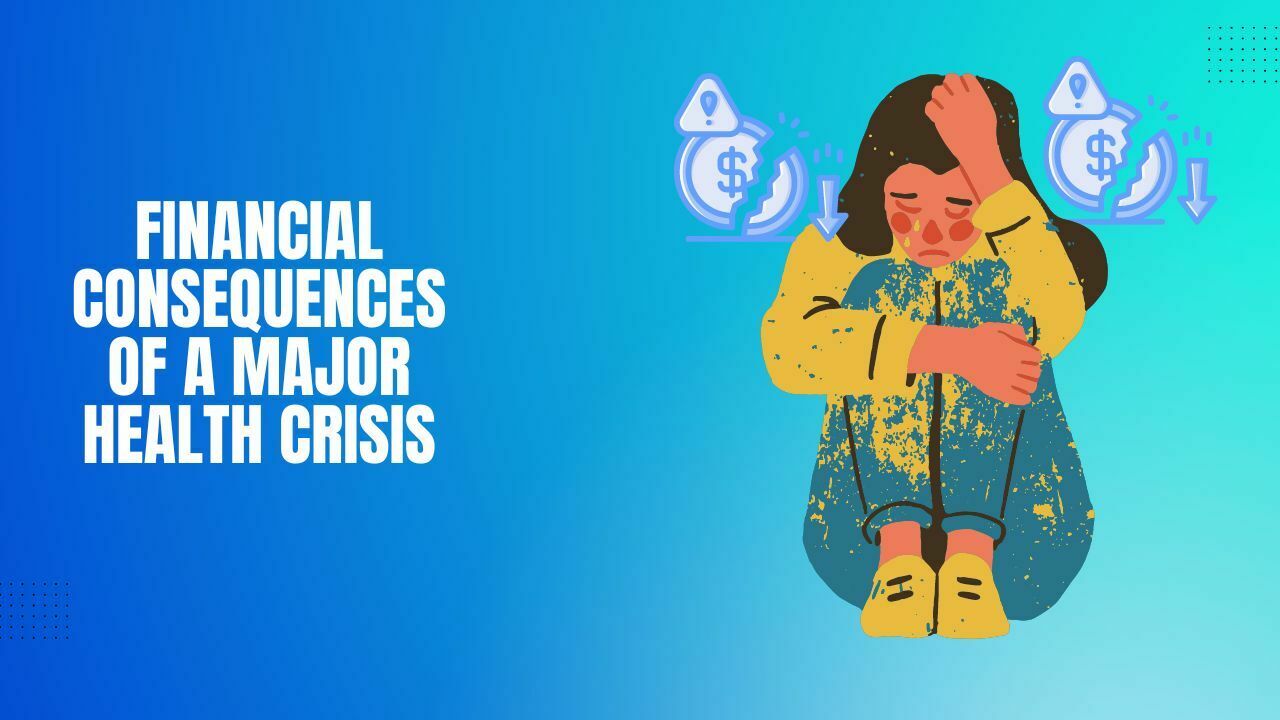
1 thought on “Coping with the Financial Consequences of a Major Health Crisis”